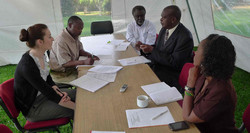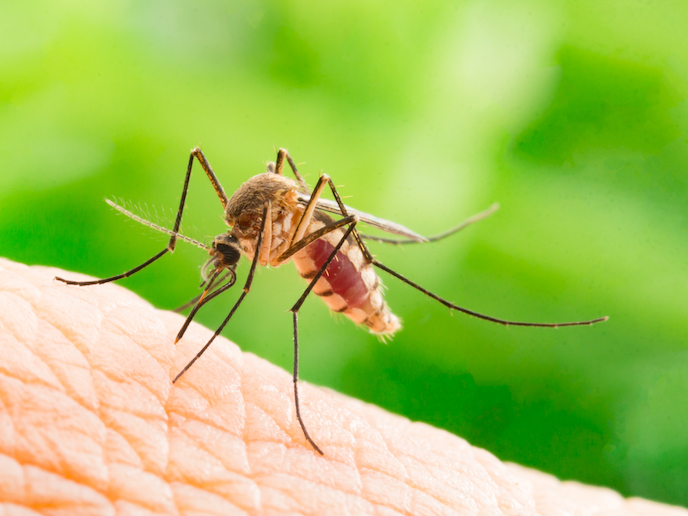A healthier tomorrow for eastern Africa
Changes in environmental, including climate, conditions can have negative impacts on health through altering the distribution and epidemic potential of infectious diseases. This is particularly the case where a disease involves another organism (a vector or intermediate host) in its transmission and where public health infrastructure is poorly developed. Excessive burdens can be placed on already stretched health and/or veterinary services as a result. An estimated 25 % of the total global disease burden is due to the environment. HEALTHY FUTURES(opens in new window) (Health, environmental change and adaptive capacity: mapping, examining and anticipating future risks of water-related vector-borne diseases in eastern Africa) has provided stakeholders with tools to better utilise environmental change information within a disease risk framework. The tools have been designed to support the decisions relating to current and future use of scarce health resources. The project involved an inter-disciplinary team from 16 institutions in 11 different countries (five in Europe, five in Africa and one in Asia). The main aims of HEALTHY FUTURES were to better understand links between environment and the three target VBDs in eastern Africa, to use this understanding to better anticipate future variations in the risks of these diseases as a result of projected changes in climate and other environment conditions, and to ensure that the results generated were translated into action on the ground (by informing the decision making process). These aims have been met. One important output from the research has been the HEALTHY FUTURES Atlas(opens in new window), which can be used as an educational and research tool, but also to support decision-makers in the study area. A second important output has been the development of new, state-of-the-art dynamic disease models for the three VBDs. HEALTHY FUTURES focused on the eastern African countries that form the East African Community (EAC). Capacity enhancement activities carried out as part of the project included frequent meetings with partners and stakeholders, including representatives of the Health secretariat of the EAC, and a series of training workshops involving early stage researchers (post-graduate research students and post-doctoral research fellows) with a particular focus on strengthening their generic, transferable research skills and enhancing their research networks. HEALTHY FUTURES also created funding opportunities for several Africa- and Europe-based students, which will led to the completion of 4 PhDs linked directly to the project (two from Africa-based institutions). The HEALTHY FUTURES website continues to be maintained, although the project has ended, and hosts copies of project deliverable reports and important links. Included among the latter are links to the HEALTHY FUTURES Atlas and to the http://41.204.190.50/geoportal/catalog/main/home.page (HEALTHY FUTURES metadata portal), which provides a means of accessing data produced and collated through the project. Much of the information disseminated to stakeholders is also translated to Kiswahili. Although the immediate geographic focus of HEALTHY FUTURES was eastern Africa, the approach adopted in and the findings of the research are expected to have wider appeal. Articles have been published in science journals, including in a dedicated special issue of the journal Geospatial Health. Other dissemination activities have included dedicated symposium and session at, respectively, regional and international conferences, a promotional video, a documentary and several news releases, newsletters and stakeholder updates.







